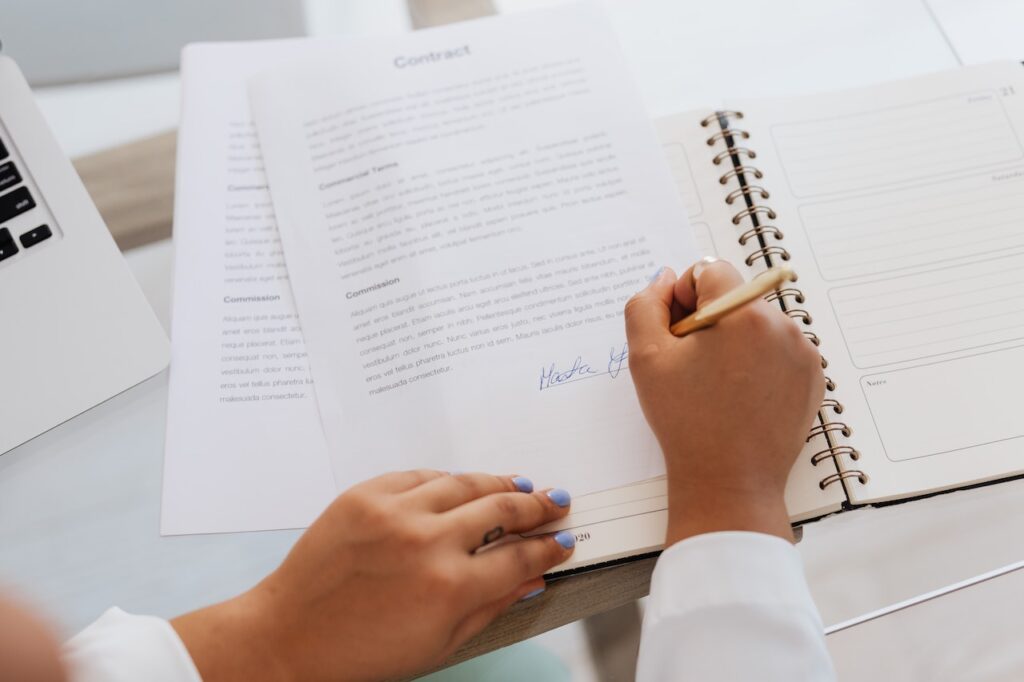Intellectual property simply refers to the intangible creations of the mind, like inventions, literary or artistic works, designs, symbols, names, and pictures. It includes patents, copyright, and trademarks, which allow people to gain recognition or financial benefit from what they invent or create.
Furthermore, it deters others from copying or exploiting the work and reputation of others so that if this occurs, a remedy is provided to the creator.
However, the development and emergence of technology present a unique problem for the existing intellectual property landscape. Consequently, seeking legal remedies is one way to receive the redress you deserve in cases of intellectual property infringement, which is a growing problem. Generally, a legal remedy is a legal right that can be enforced in court.
The general rules of remedies imply that a party who has suffered a wrong after establishing a case should be practicably compensated. This article will guide you through the legal remedies for intellectual property infringement.
Types of IP Infringement
Intellectual property infringement occurs when an intellectual property right is violated. For example, without proper permission from an intellectual property owner, using a third party’s image, logo or trademark can constitute intellectual property infringement. Intellectual property infringement can occur in the following ways:
- Trademark infringement- A trademark is a word, symbol, phrase, or design that identifies and legally differentiates a product or service of one entity from that of another. Trademark infringement occurs when a trademark owner’s exclusive rights are violated by another using a trademark that is identical or confusingly similar to that of the trademark owner. Ambush marketing, passing off, cybersquatting, and trademark dilution are examples of other types of trademark infringements.
- Copyright infringement – A copyright is a legal right granted to the creator of an original work, such as a photograph, writing, video, song, etc. Copyright infringement occurs when one copies or uploads an image that is not their own or without permission.
- Patent infringement: Patents guard against unauthorized reproduction, use, copying, or sale of an invention. Patent infringement occurs when one makes, uses, sells, or offers to sell a patented invention or design without the patent owner’s permission.
- Counterfeiting and Piracy: Counterfeiting is the intentional infringement of a trademark, such as fake football shirts, clothing, accessories, and bags branded with fake marks, whereas piracy means wilful copyright infringement, such as the manufacture of counterfeit DVDs or the unauthorized downloading of movies and songs from the internet.
Legal Remedies Against Intellectual Property Infringement
Legal remedies are tools that prevent infringing behavior and help obtain compensation for monetary or any other loss. In general, the usual rules on remedies apply to intellectual property infringement. There are two broad ways to enforce intellectual property rights when an infringement occurs. They include criminal remedies and civil remedies.
Criminal remedies include:
- Imprisonment: For instance, in the United States, section 103 to 108 of the Trademark Act of 1999 imposes imprisonment and fines as punishment for a trademark infringement. Also, in Nigeria, Section 60 of the Trademarks Act provides that f any person makes or causes to be made a false entry in the register, they will be liable on conviction on indictment to imprisonment for a term not exceeding seven years.
Civil remedies include the following:
- Damages: The court may award compensatory damages. Damages typically cover the cost of the intellectual property rights (IPR) owner’s damage. They cover the monetary value of the harm done to the owner of intellectual property rights.
When damages are awarded to the IPR owner, a calculation is performed to determine how much profit the IPR owner has lost due to the infringement. The award for damages is intended to put the owner of intellectual property rights back in the position they would have been had the infringement not occurred. It should be as practicable as possible. - Injunctions: Injunctions are issued by the court to prevent an infringer from engaging in activities that violate intellectual property rights, subject to any terms deemed appropriate by the court. Injunctions generally restrain the infringer from further infringement.
- Delivery up for destruction: Courts may also issue orders for the delivery and destruction of infringing products, molds, dies, and other manufacturing devices. They are destroyed to prevent the infringer from further infringement.
- Award of costs: A successful party in an infringement case may be awarded costs. Cost includes court fees, legal fees, patent attorney fees, and administrative costs. The disadvantage here is that if a party does not prevail in an intellectual property infringement case, they forfeit any fees paid, making it costly to pursue legal remedies in the first place.
- Account for profit: Once a claimant has successfully established liability, they can prevent the defendant’s unjust enrichment. This restricts the claimant’s award to the defendant’s profits. It is a financial alternative to damages, particularly in cases of innocent infringement.
Conclusion
Finally, legal remedies are critical in the landscape of intellectual property rights. It goes without saying that if someone steals someone else’s intellectual property, the above solutions will be the right ones to make sure the creator gets the justice he or she deserves. The sum awarded for damages aims to put the intellectual property rights owner back in the position they would have been in had the infringement not happened. Consequently, it should be practicable.


3 thoughts on “Legal Remedies Against Intellectual Property Infringement”
Thanks for the great article!